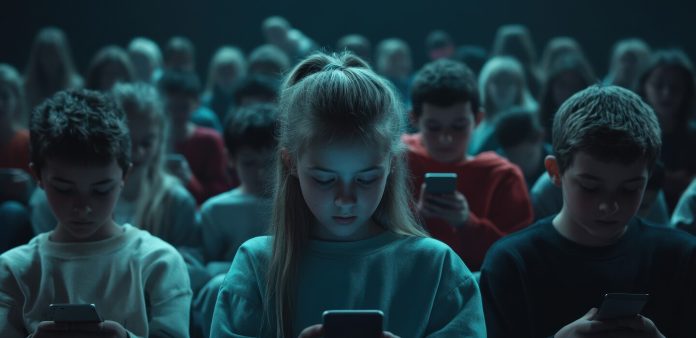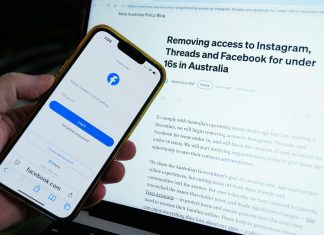SACRAMENTO — It’s been more than a year since Gov. Gavin Newsom signed the Phone-Free School Act requiring every school district in California to develop its own policy limiting smartphone use on campuses by July 1, 2026. According to officials from the California Department of Education and the nonprofit Common Sense Media, it’s been a good start to what should be a longer-term effort at digital citizenship education.
In a presentation for school IT leaders this week at the California IT in Education (CITE) conference in Sacramento, the Department of Education’s Digital Equity Broadband Coordinator Kristina Mattis expressed unease with the word “ban.” She said schools must ensure a safe and effective learning environment, but the law doesn’t stipulate that that requires banning devices altogether.
“We can’t avoid [technology], we can’t ignore it, we’re not going to shove it under the rug, so how are we doing it well, and appropriately, and in ways that truly do make a difference for our kids?” she said.
Merve Lapus, vice president of outreach and engagement for the nonprofit Common Sense Education, shared research from his organization outlining the scale of the cellphone problem and where student tech habits are headed. He said on average, kids receive 237 notifications a day, and one in five are using devices to self-regulate emotions, meal times or sleep times. He said 20 percent of kids under 8 play on a device most nights to fall asleep, and the amount of time they spend gaming continues to climb.
“Gaming has increased significantly, reading has decreased, and the type of video that they watch is all very short-form — quick, fast, punch,” Lapus said.
Mattis said the statewide effort to curb these habits by restricting phone use at school has faced challenges from stubborn students and concerned parents, but also made some progress, particularly in areas of bullying and academic performance.
“What we’ve seen now, over time, is school administrators actually reaching out to our state superintendent and saying, ‘You know what, we weren’t really sure about this initially, but thank you. Thank you for getting behind this smartphone policy, because we actually are seeing differences, not only academically, but we’re also seeing behavioral improvements and mental health improvements,’” she said.
To sustain and build on these gains, both Mattis and Lapus recommended involving students and parents in conversations about why the policies are necessary, what they should entail and how they should evolve.
“Get your community involved. Get those who are directly impacted by this particular policy to help inform the development, or the iteration, or the process improvement of it,” Mattis said, pointing to Long Beach Unified School District’s phone policy as a good model for other districts.
Lapus added that for teachers, one of the most important aspects of getting students to accept phone restrictions is modeling good behavior for them and not being on their own phones too much. He said the phones-in-school debate is leading to a broader conversation about technology and devices in general, and it will benefit from mutual trust and understanding.
“Right now we’re just talking about cellphone policies, but there’s a big push right now around removing devices in general, in schools,” he said. “So if we don’t understand what we’re trying to do, how we’re going to do it and why … then it’s going to be an even bigger conversation to have to try and navigate.”








